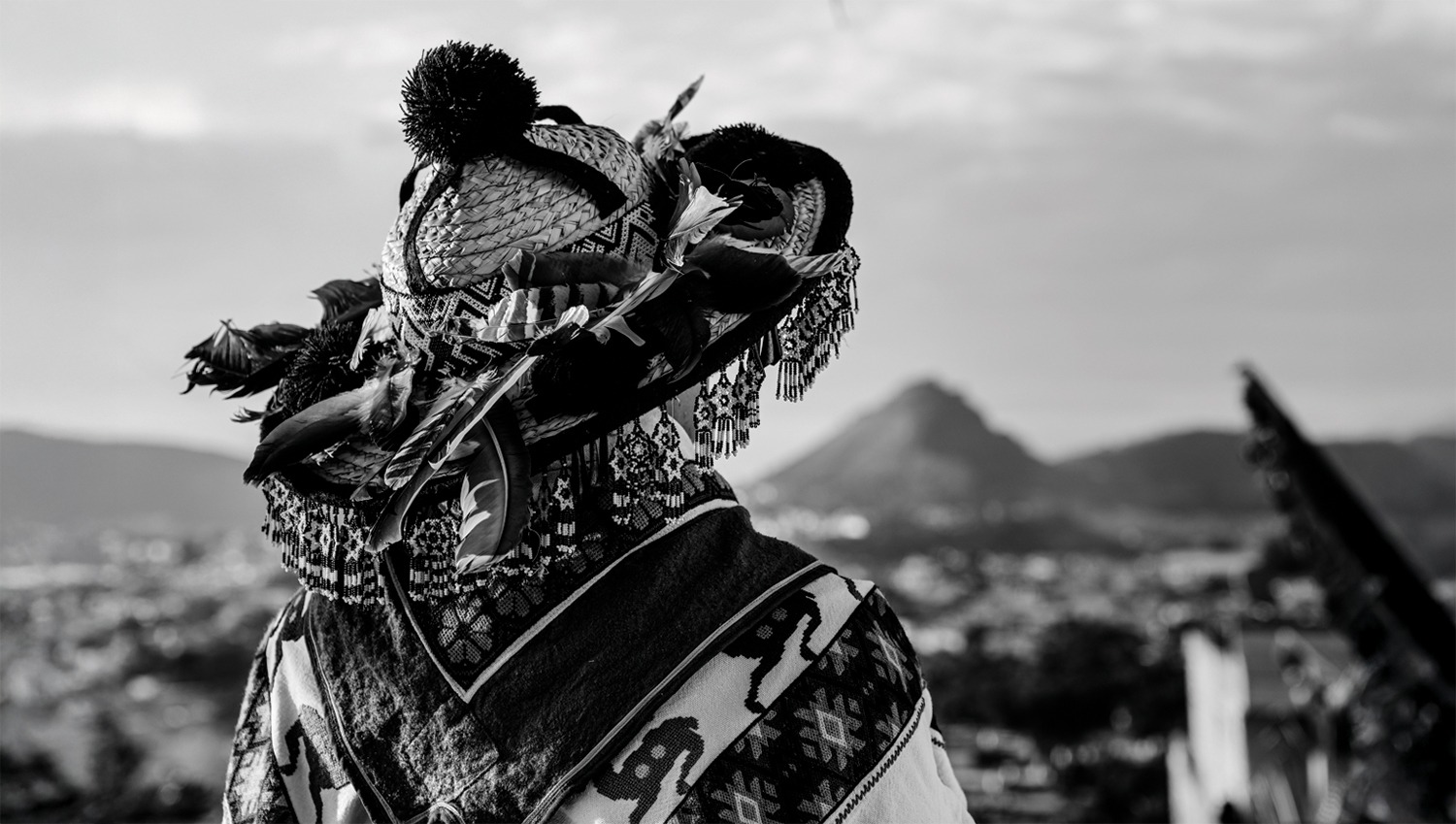The Wixárika Route to Wirikuta: A UNESCO World Heritage Site

The United Nations Educational, Scientific and Cultural Organization (UNESCO) has recently added the Wixárika Route through the Sacred Sites to Wirikuta to its World Heritage List. This is a historic milestone, as it is the first time that a living indigenous tradition has been recognized in this way.
This approximately 550-kilometer ceremonial route has been traveled by the Wixárika people (also known as Huichol) since ancient times. It connects various sacred natural sites across five states in north-western Mexico: Nayarit, Jalisco, Durango, Zacatecas, and San Luis Potosí. The route culminates in Wirikuta, a desert located on the Potosí high plateau, which the Wixaritari (Huichols) consider to be the birthplace of the Sun and the origin of the world.
During the pilgrimage, travelers make offerings of candles, gourds, arrows, and ceremonial songs to reaffirm their connection to the fundamental elements of their worldview, such as corn, the golden eagle, deer, and peyote. Symbolically guided by the “Blue Deer” (Tamatsi Kauyumarie), this profound spiritual journey expresses a plea for harmony between humanity and nature.
UNESCO’s recognition celebrates the spiritual and cultural legacy of the Wixaritari, and implies an international commitment to protecting this route from current threats such as the urban expansion, illegal logging and the trivialization of peyote rituals through invasive tourism.
For destinations such as Puerto Vallarta and Riviera Nayarit, which are close to certain sections of the route, this declaration provides an opportunity to reconsider the relationship between tourism and cultural respect. This will encourage more thoughtful and respectful experiences of indigenous heritage.
This distinction establishes the Wixárika Route as a living example of cultural resilience, reminding us that the world’s heritage encompasses sacred paths, ancestral memory and shared spirituality.


Comments